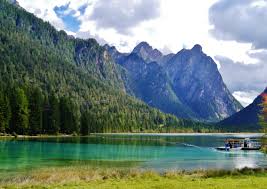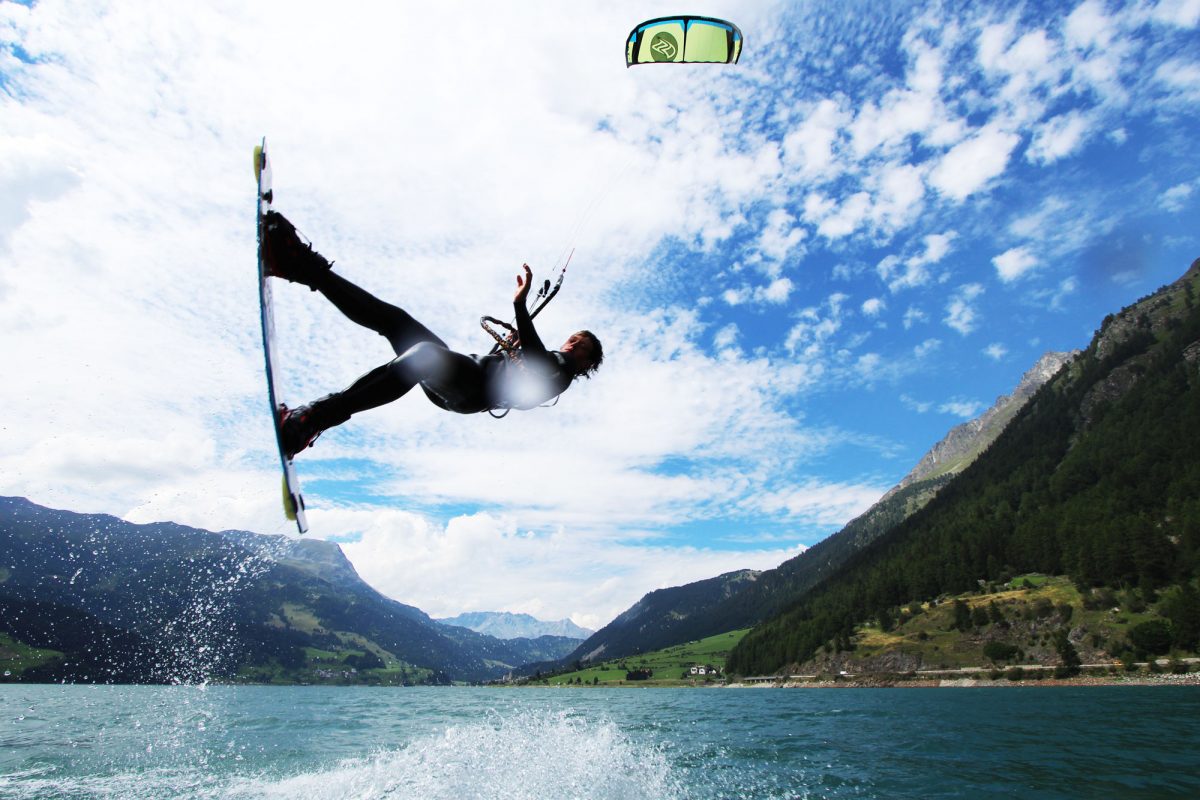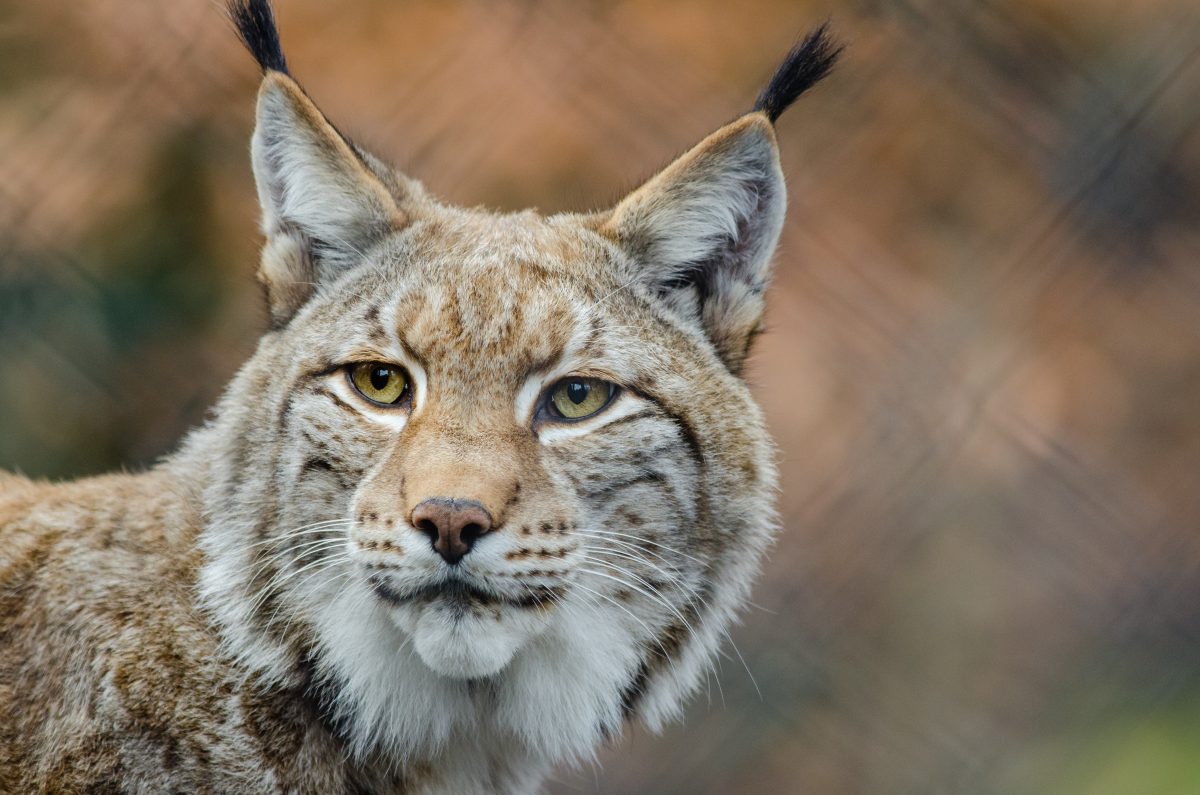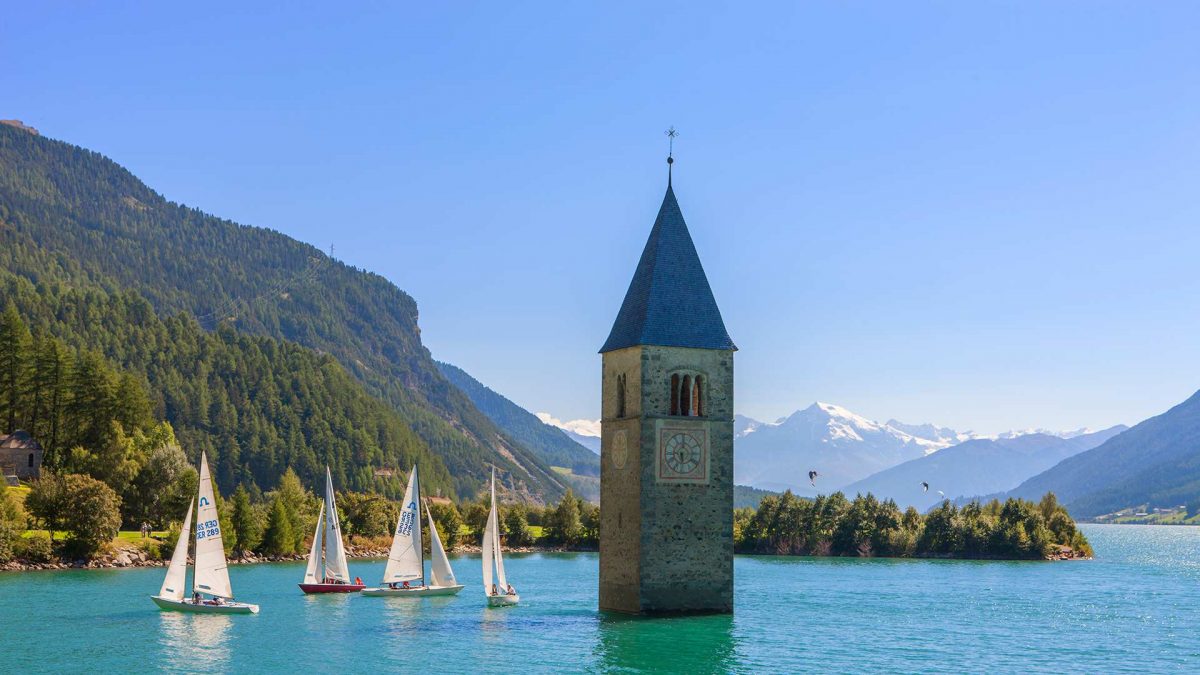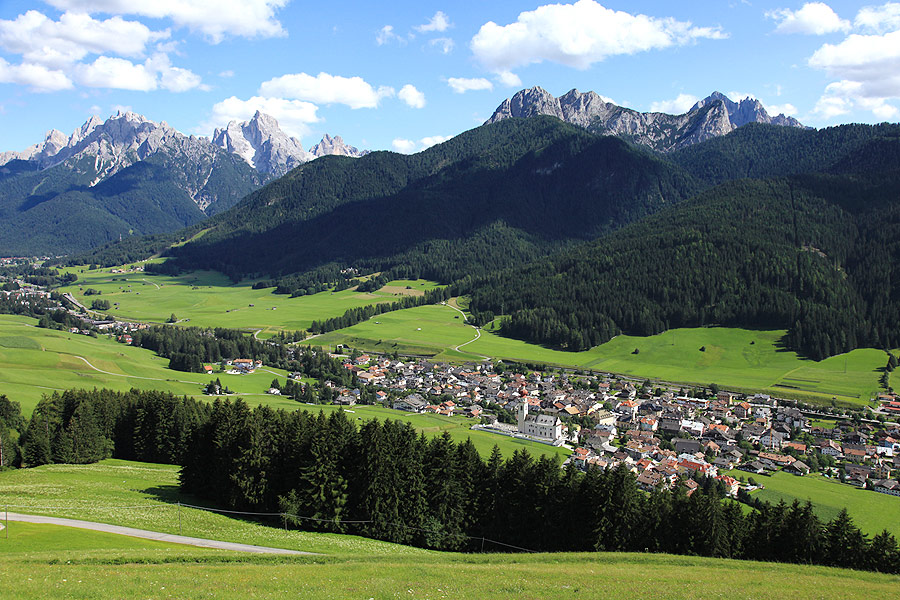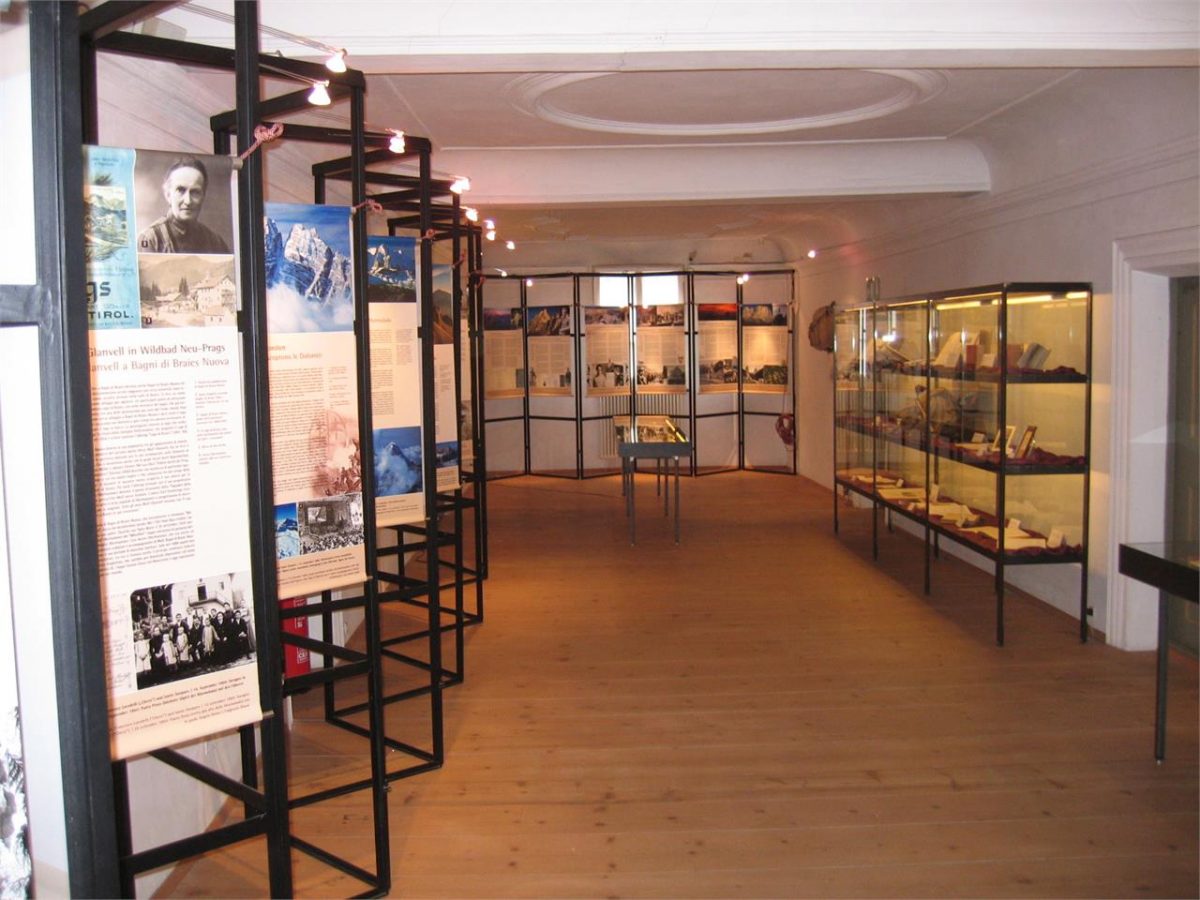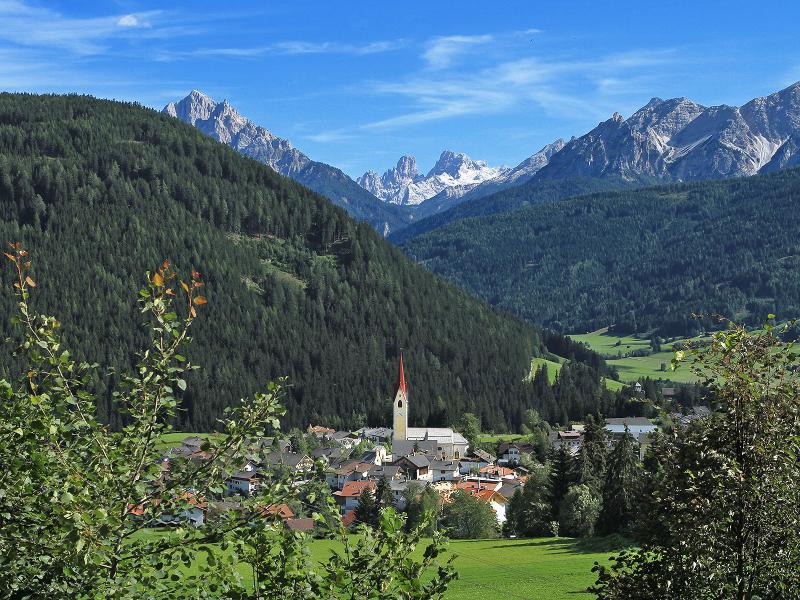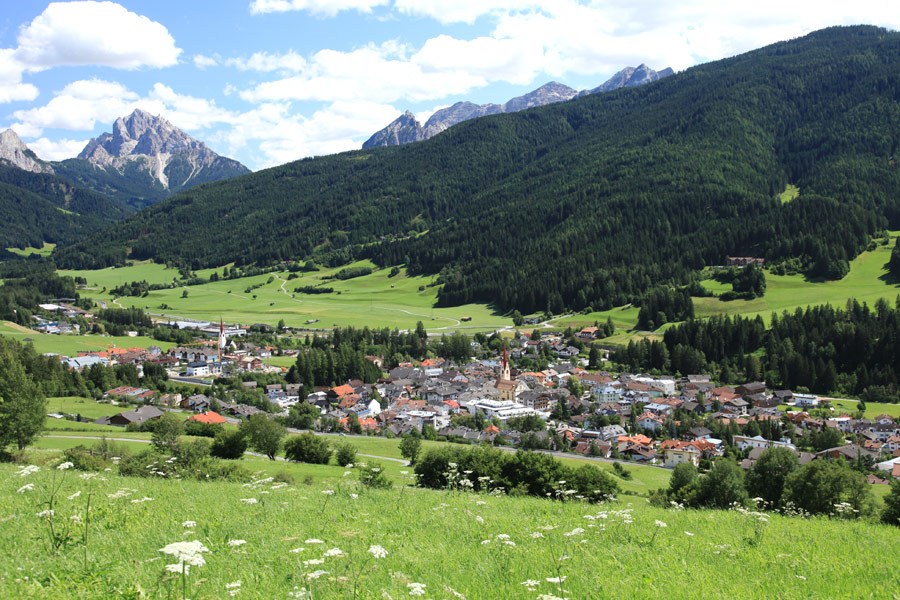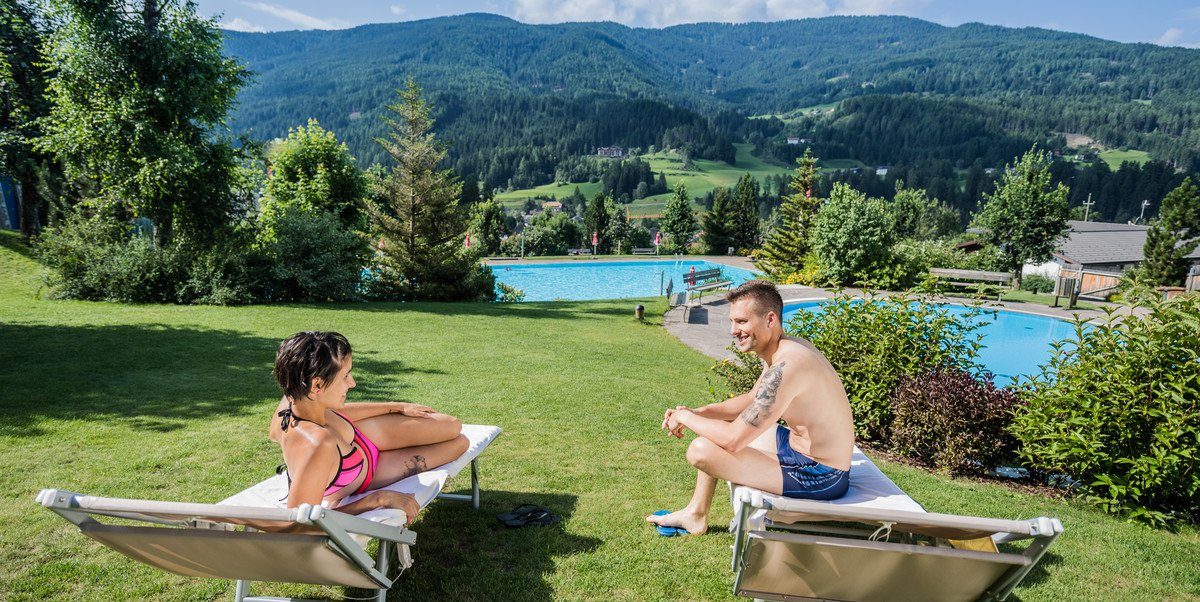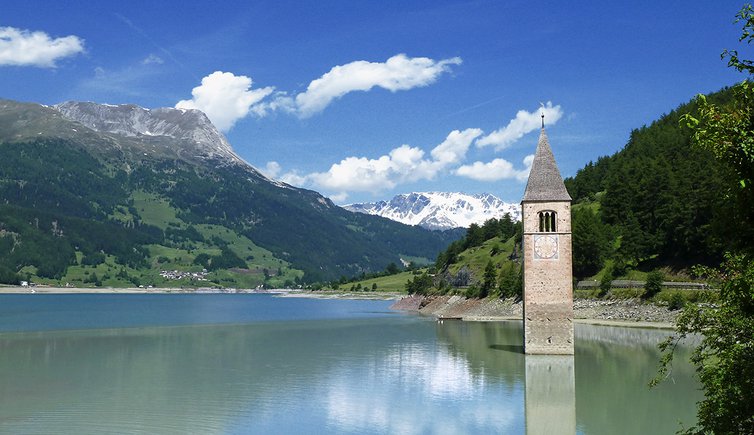How to reach the Lake Dobbiaco
Attractions nearby:
– Fanes-Senes-Braies Nature Park
Take a trip by pedal boat or rowing boat, or just a leisurely walk around the lake – either way, Lago di Dobbiaco is a very special destination in every season.
Especially in spring and autumn, Toblacher See with its diverse shore vegetation is an ideal nesting and resting place for waterfowl and migratory birds. You can observe rare species of birds that are only occasionally found in South Tyrol. It is best is from the observation deck, which is located on the western shore of the lake.
In summer, of course, the lake is great for cooling off on hot days: boating or a nature trail, with 11 stations, which provides a wonderful insight into the fauna and flora of this area, and children (and adults) can jump about with wild animals. The nature trail is only 2.5 km long and is accessible for pushchairs. If you prefer a longer hike, that starts right from his hotel near the Lake of Dobbiaco, and even from the center to the lake, it is only an hour’s walk.
And whilst Lago di Dobbiaco in Italy provides unlimited bathing fun in summer, it also offers visitors icy winter magic in the colder season. Skating enthusiasts will be thrilled because when the temperatures drop and the lake freezes, there is the promise of non-stop fun skating and curling. Or: how about a romantic sleigh ride to the lake?
